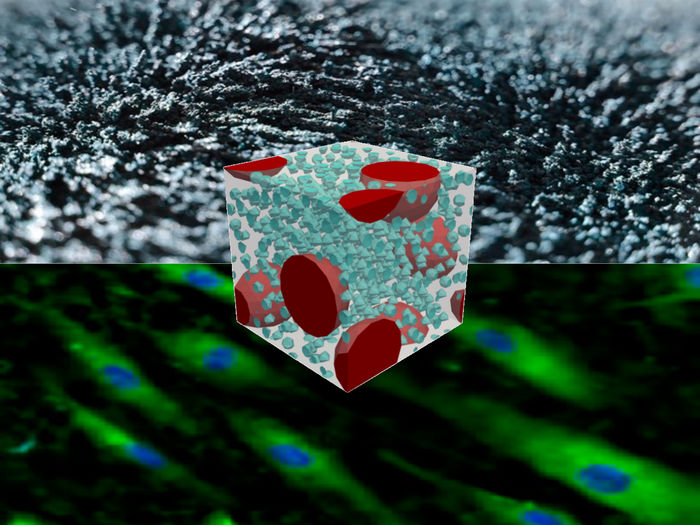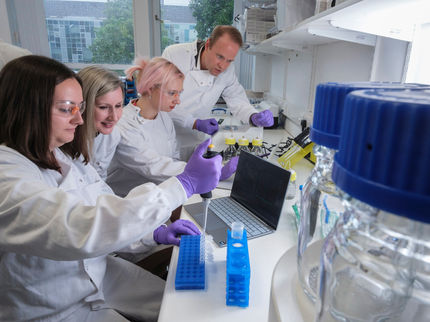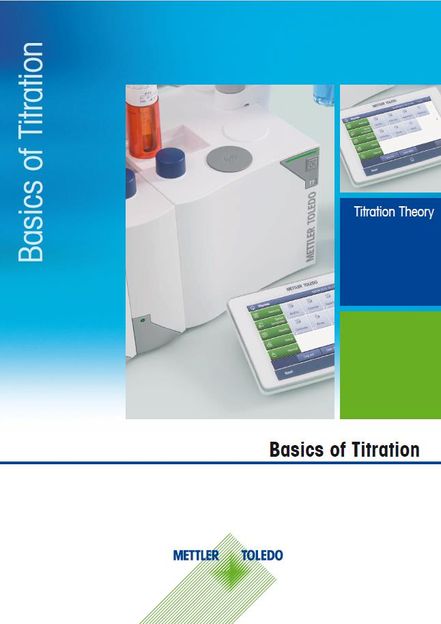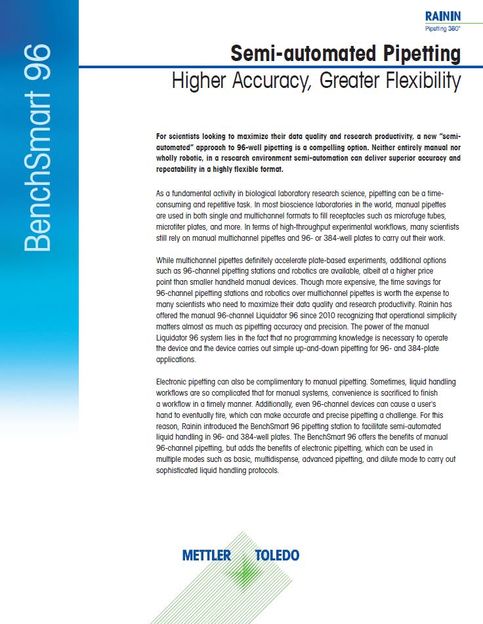New method based on smart materials for experimenting with cells
Scientists from 4D-BIOMAP, an ERC research project at the Universidad Carlos III de Madrid (UC3M), have developed a new experimental method, based on magneto-active polymers, to study cellular behaviour. These compounds, which consist of a polymeric matrix (e.g., an elastomer) containing magnetic particles (e.g., iron), mechanically react by changing their shape and stiffness. This system could be used to study complex scenarios (such as brain trauma, wound healing, etc.) or to influence cellular responses, guiding their functions.

The top image shows the forces generated by an external magnetic field on particles embedded in the material. These interactions are simulated by a computational model that is able to guide the manufacturing and experimental process (middle image). Finally, the generated forces are transmitted to the cells cultured on the smart material (bottom image). This action on the cells will lead to changes or activation of their biological functions, such as proliferation, migration or orientation, among others.
UC3M
“We have managed to reproduce the local deformations that occur in the brain when it is subjected to an impact. This would make it possible to replicate these cases in the laboratory, analysing what happens to the cells and how they are damaged in real time. Furthermore, we have validated the system by demonstrating its capacity to transmit forces to the cells and act on them”, explains the researcher in charge of 4D-BIOMAP, Daniel García González, from the UC3M Continuum Mechanics and Structural Analysis Department.
The idea of this project is to be able to carry out studies replicating complex biological processes through a new virtually assisted experimental system, which allows non-invasive and real-time control of the mechanical environment. Biological cells and tissues are continuously subjected to mechanical stress from their surrounding substrate, so analysing and controlling the forces that influence their behaviour would be a milestone for the “mechanobiology” community.
The system proposed by 4D-BIOMAP is based on the use of extremely soft magneto-active polymers that mimic the stiffness of biological materials. Thanks to their qualities, magneto-active materials allow researchers to carry out unrestricted monitoring of biological substrates, as the applied mechanical changes during experimentation can be reversible.
“Supported by the computational model, we have used all this basic science to design a smart actuation system which, coupled to a microscope developed within the ERC, allows us to visualise the cellular response in situ. In this way, we have consolidated a comprehensive framework to stimulate cellular systems with magneto-active smart materials”, says Daniel García González. This proposed framework paves the way to understanding the complex “mechanobiological” processes that occur during dynamic deformation states, such as traumatic brain injury, pathological skin scarring or fibrotic remodelling of the heart during a myocardial infarction, for example.
Researchers from the University of the West of England (UWE) in Bristol, Imperial College London and the Instituto de Investigacion Sanitaria Gregorio Marañon de Madrid (Gregorio Maranon Health Research Institute in Madrid) have participated in the scientific paper describing these advances, recently published in the journal Applied Materials Today. Within UC3M, lecturers Miguel Ángel Moreno, Jorge González, Clara Gomez, Maria Luisa López and Ángel Arias from the Continuum Mechanics and Structural Analysis Department, as well as Arrate Muñoz and Diego Velasco from the Bioengineering and Aerospace Engineering Department are participating.
Original publication
Other news from the department science
Most read news
More news from our other portals
See the theme worlds for related content
Topic World Cell Analysis
Cell analyse advanced method allows us to explore and understand cells in their many facets. From single cell analysis to flow cytometry and imaging technology, cell analysis provides us with valuable insights into the structure, function and interaction of cells. Whether in medicine, biological research or pharmacology, cell analysis is revolutionizing our understanding of disease, development and treatment options.

Topic World Cell Analysis
Cell analyse advanced method allows us to explore and understand cells in their many facets. From single cell analysis to flow cytometry and imaging technology, cell analysis provides us with valuable insights into the structure, function and interaction of cells. Whether in medicine, biological research or pharmacology, cell analysis is revolutionizing our understanding of disease, development and treatment options.





















































